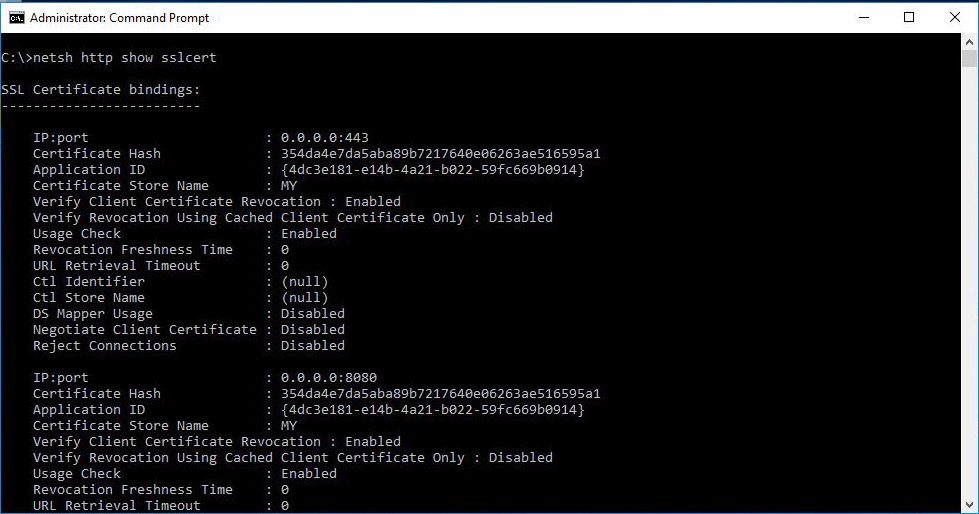Monitoring Active Directory Health using OMS
Following the last OMS article about the update management solution, I would like to show you two more, this time about Active Directory.
The Active Directory Health Check solution provides information on many aspects of your Active Directory environment such as Security, Compliance, Business Continuity and Performance.
Each group performs a number of checks against the logs, to find possible issues.
Good news, apart from the backup issue, my AD is looking great!!!
The second solution I'm using for Active Directory is AD Replication Status. It examines the domain controller logs and provides useful insights on the health of the replication of your Active Directory environment.
I've left the DC4 domain controller on my lab disconnected from the network on purpose in order to create replication issues. Replication between DC3 and DC4 is broken, since the servers hadn't communicated for a while.
I've left the DC4 domain controller on my lab disconnected from the network on purpose in order to create replication issues. Replication between DC3 and DC4 is broken, since the servers hadn't communicated for a while.
Those two solutions can save you from a lot of trouble when it comes to monitoring and preventing issues with AD, so I definitely recommend them. After all, Identity is key for all organizations!
Related articles
Introduction to Azure Advanced Analytics
Configuring Log and Performance Counter collection on the OMS Workspace
Install and Configure the OMS Windows Agent
Verify the Agent Connectivity to OMS Workspace
Deploying the OMS Windows Agent using DSC
Querying OMS for Performance Data
Querying OMS for Events
Collecting IIS Log Files
Install and Configure the OMS Linux Agent
Syslog Message Collection for OMS from sources that do not support the agent
Generating Alerts from OMS
Update Management using OMS
Monitoring Active Directory Health using OMS
Assessing Security using OMS
Introduction to Azure Advanced Analytics
Configuring Log and Performance Counter collection on the OMS Workspace
Install and Configure the OMS Windows Agent
Verify the Agent Connectivity to OMS Workspace
Deploying the OMS Windows Agent using DSC
Querying OMS for Performance Data
Querying OMS for Events
Collecting IIS Log Files
Install and Configure the OMS Linux Agent
Syslog Message Collection for OMS from sources that do not support the agent
Generating Alerts from OMS
Update Management using OMS
Monitoring Active Directory Health using OMS
Assessing Security using OMS





